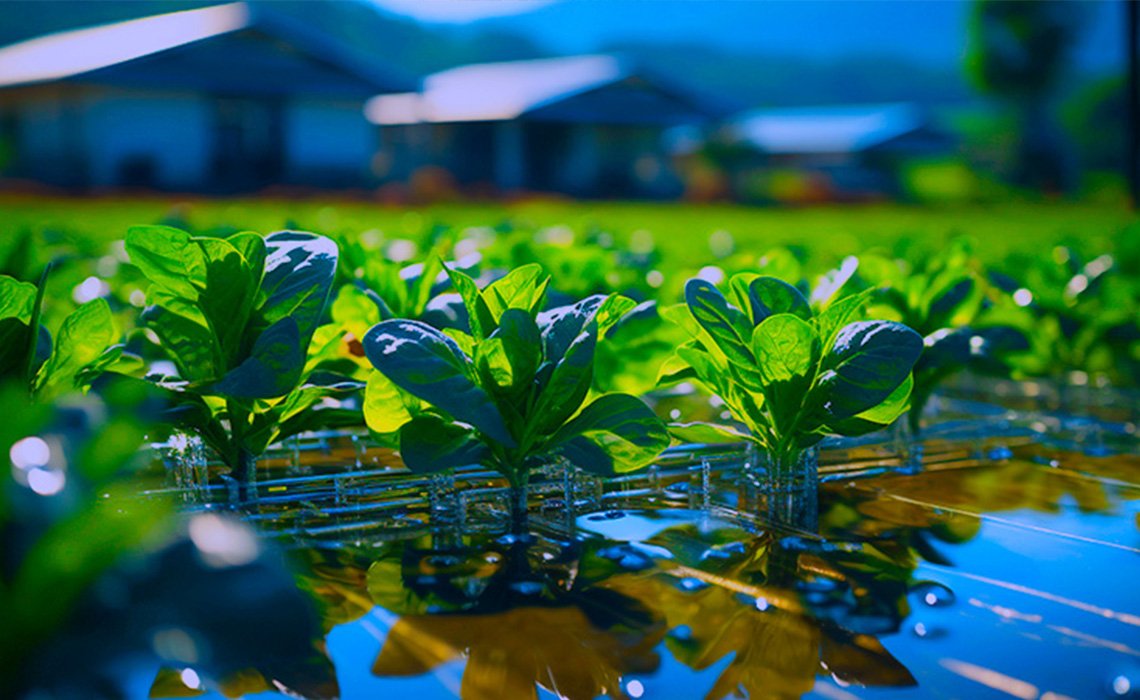
The Green Revolution in Cities: How Urban Agriculture is Transforming Communities
Urban agriculture is gaining momentum around the world, transforming idle spaces into productive green oases. This phenomenon is not just a passing trend, but a smart response to the challenges of urbanization, food security and climate change.
In recent decades, cities have seen the emergence of community gardens, vertical gardens and even rooftop farms. These projects are redefining the relationship between urban areas and food production, bringing surprising benefits:
1. Food Security: Urban agriculture provides access to fresh, nutritious foods, especially important in urban "food deserts."
2. Environmental Sustainability: Reduces the carbon footprint associated with food transportation and helps mitigate the urban heat island effect.
3. Social Cohesion: Community gardens create spaces for social interaction, strengthening community ties.
4. Education: Provides hands-on learning opportunities about nutrition, the environment and agricultural skills.
Mental Health: Contact with nature and physical activity associated with gardening promote psychological well-being.
Cities around the world are adopting innovative policies to promote urban agriculture. In Singapore, for example, the government has set an ambitious target of producing 30% of its nutritional needs locally by 2030, encouraging vertical and hydroponic farms.
However, challenges remain, such as competition for urban space, concerns about soil contamination and the need for technical knowledge. Despite this, creative solutions continue to emerge, from containerized aquaponics systems to apps that connect urban gardeners.
Urban agriculture is not just about producing food; it's about reimagining our cities as living, productive ecosystems. As more people get involved in this movement, we are witnessing a paradigm shift in the way we think about food, community and urban space.
For those interested in participating, getting started can be as simple as growing herbs in a window or joining a local community garden. Each little garden contributes to a bigger vision of greener, healthier, more resilient cities.
As the world faces increasing challenges of urbanization and climate change, urban agriculture is emerging not just as a practical solution, but as a movement that reconnects people with their food and each other, growing not just plants but also stronger communities. and sustainable.


